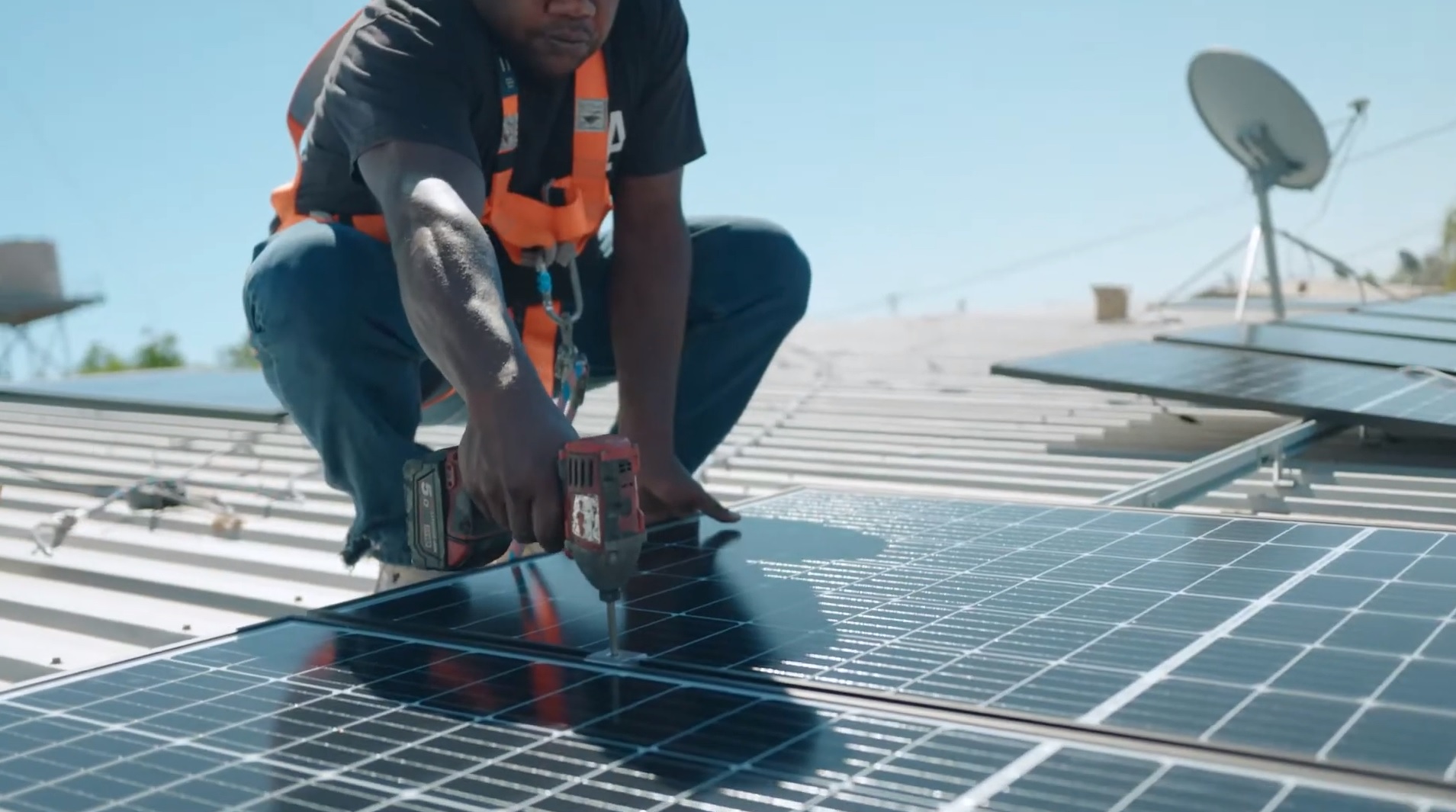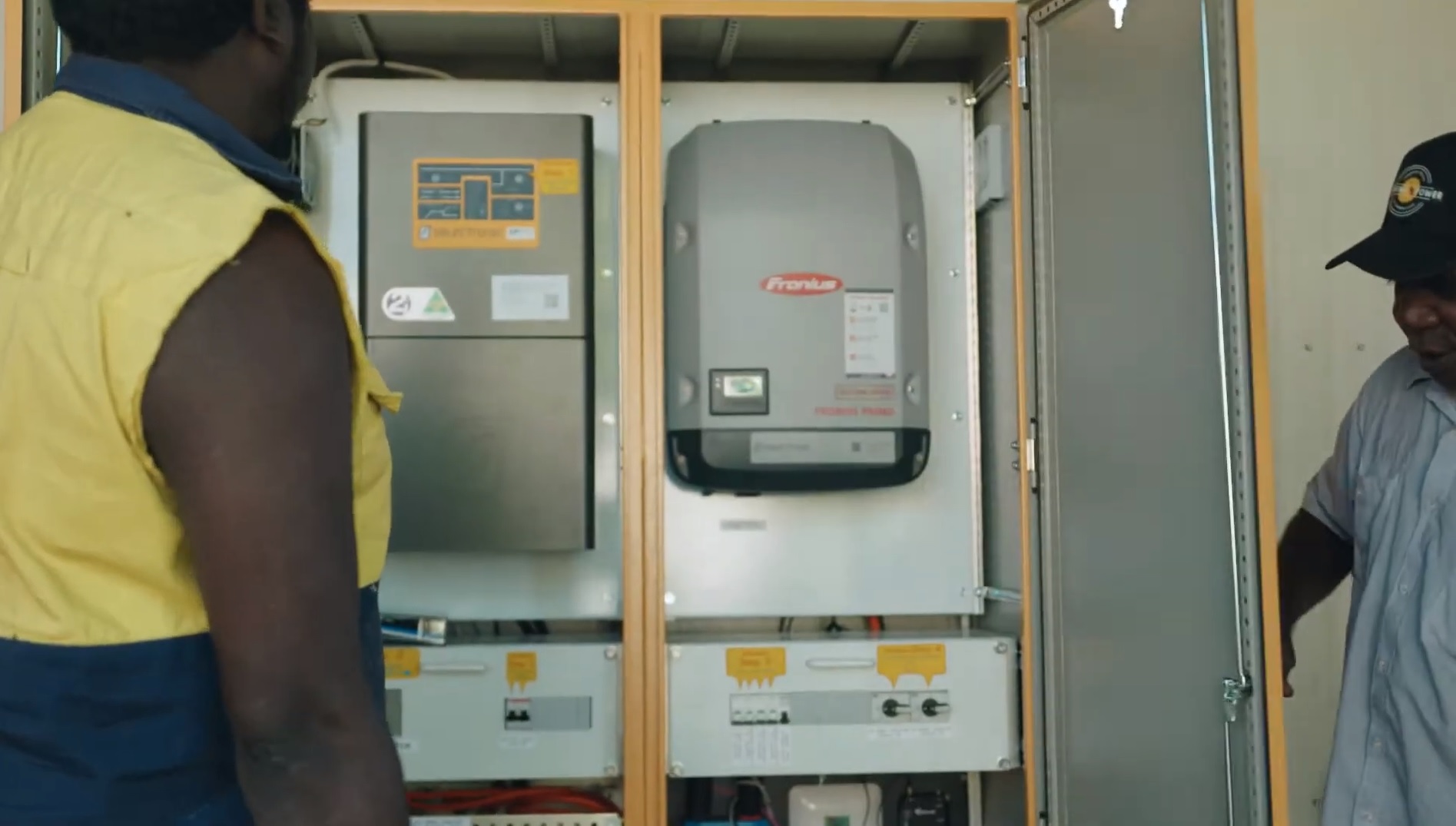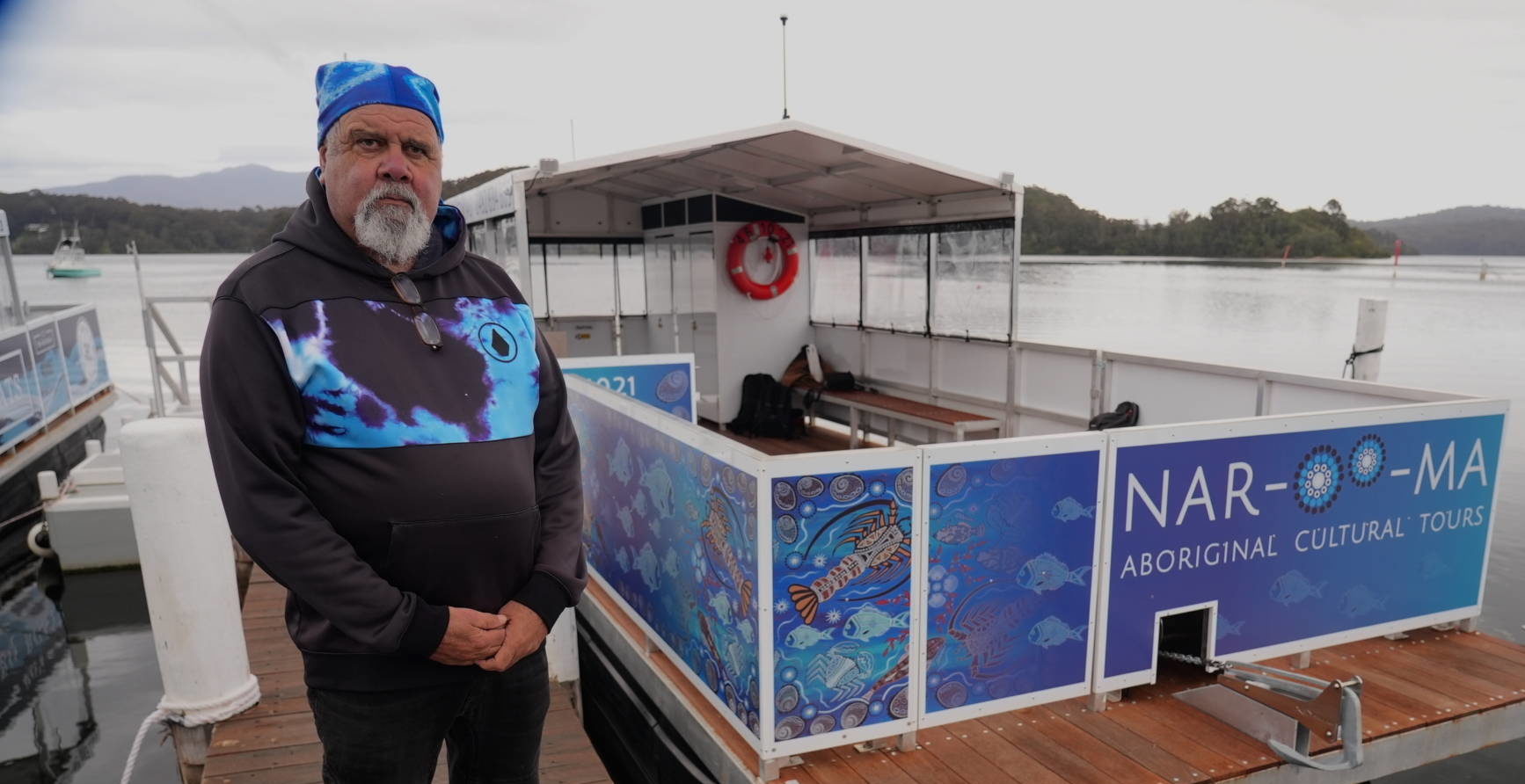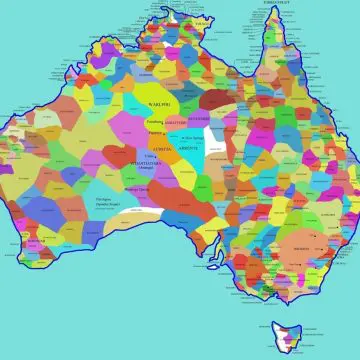Energy insecurity and a lack of consumer rights are key issues driving efforts to boost renewable energy in remote Aboriginal communities in the Northern Territory.
An energy mini-grid, which is expected to come online next month, will become the first Aboriginal community owned micro-grid and will provide the isolated community of Marlinja with cheaper renewable energy.
Another project in the Territory’s north east will do the same for Borroloola and the Gulf of Carpentaria.

Most Aboriginal communities in the Northern Territory pay for their electricity through a prepaid system.
Unlike those living in the cities where you have more leniency to pay your bill before your power is cut off, residents in remote NT communities have their power cut off when their credit runs out.
Lauren Mellor from Original Power told NIRS News, the pre-paid system, which is also used in some Queensland and Western Australian communities, is discriminatory and punitive.
She says most people living in remote areas are denied the basic consumer protections for financial and energy hardships.
“If you live on the east coast and are a part of the national energy market, you have certain consumer protections.
If you are facing financial hardship, its difficult for retailers to cut you off, not so for remote Indigenous communities who are automatically cut off.”
Pre-paid metering arrangements are mandated by the NT Government across more than 10,000 First Nations households in the Territory and some other parts of Australia.
This adds complications for customers wanting to connect rooftop or community solar.
Community projects to provide cheaper, renewable energy
A remote Aboriginal community in the Northern Territory will soon have access to renewable energy while also bringing down their power bill.
Original Power, an Indigenous owned and operated organisation, has been working with the Marlinja community north of Tennant Creek to build a micro grid to service the community.

The first Aboriginal community owned micro-grid in Australia will provide renewable power to the community via solar panels and a battery, while retaining the existing grid as a backup.
The community will still be using pre-paid cards to access power, however power generated by the micro-grid will be credited to the accounts of residents.
Ms Mellor says a lack of affordable or reliable energy in remote NT communities has become a barrier to social and economic development.
She says while there are concerns for energy prices across the country, paid employment is scarce in remote communities and energy is the first thing to go when people are managing the household budget.





